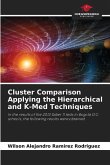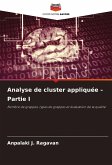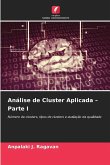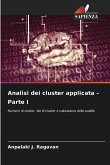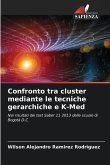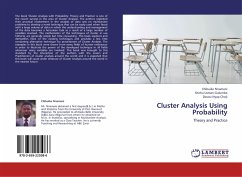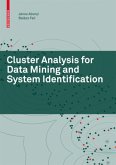This book is Part 1 of a series on cluster analysis, developed through a search to define its boundaries. While many existing sources mention topics covered here, this book offers new reflections, developments, and example applications that provide fresh insights into cluster analysis. Its primary goal is to introduce new perspectives while exploring various ideas and approaches. Topics include the goals and assumptions of cluster analysis, its importance and applications, and an overview of common clustering models along with their use, distance measures, and selection criteria. The book also covers popular methods for evaluating clustering quality and validating clusters, supported by multiple example applications.Additionally, it addresses common challenges in determining the number of clusters, with attention to both hierarchical and non-hierarchical methods. The book concludes with a discussion on typical cluster types found in datasets and offers guidance on how to classifythem accurately.
Bitte wählen Sie Ihr Anliegen aus.
Rechnungen
Retourenschein anfordern
Bestellstatus
Storno


